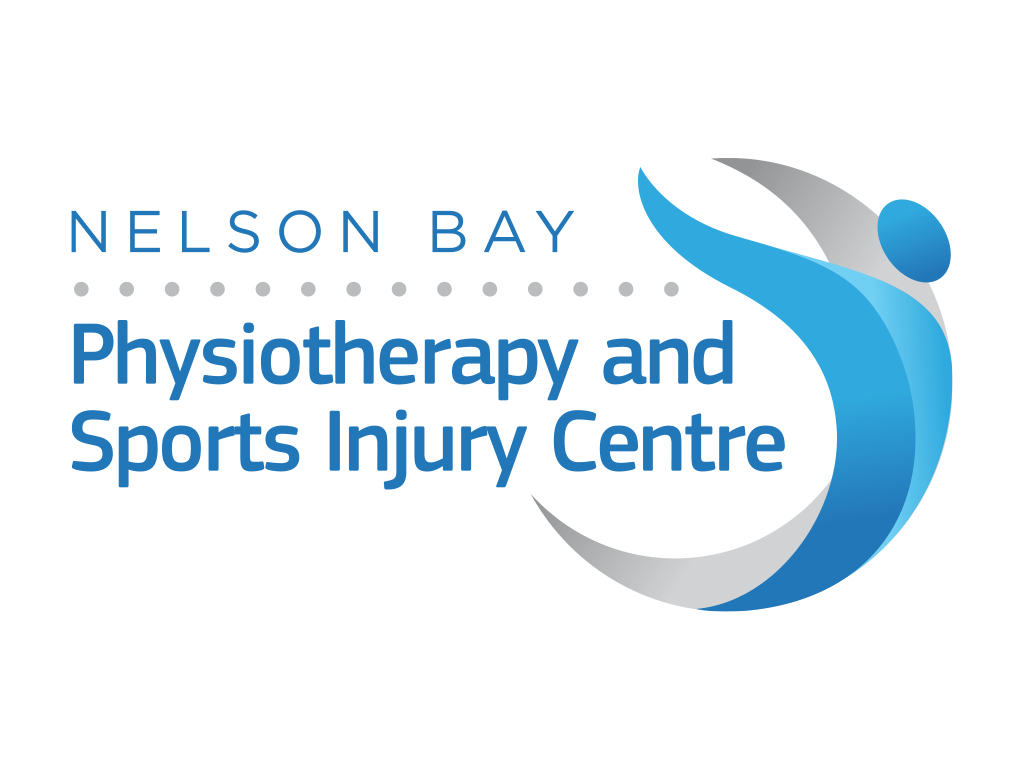Is your child’s backpack causing them permanent damage?
February 20, 2016

Riding and walking to school – avoiding injuries and pain from school bags
Children walking or riding to school need to have the correct school bag to avoid injury, as about 70 per cent of Australian school children may suffer back pain from school bags.
To avoid back, neck and shoulder pain, postural changes and injuries, school bags should be backpack style, should be less than 10 per cent of the child’s body weight as well as being appropriate for each child’s size with padded and adjusted straps over the shoulders.
As experts in movement and health, physiotherapists can play a vital role in ensuring children using backpacks and undertaking physical activity do these activities safely, to minimise their risk of injury.
Poorly fitting backpacks – what’s the impact on children?
- Fatigue (reported by 65.7% Australian children) [12]
- Muscle strain [13-15]
- Joint injury [13]
- Back pain [12-15] (reported by 46.1% Australian children) [12]
- Neck and shoulder pain [13]
- Lower back pain lasting into adulthood [16]
- Postural changes [13-16]
- Injuries to head/face, hand, wrist/elbow, shoulder, foot/ankle as a result of tripping, wearing and being hit by backpacks [17]
Children’s backpacks – injury warning signs and key recommendations
Injury warning signs
- Posture changes when backpack on [12, 14]
- Pain [13, 14]
- Pins and needles in arms/hands [13, 14, 16] or legs [16]
- Red marks on shoulders [14] especially at the front [16]
- Difficulty getting backpack on/off [13, 16]
Choosing the right backpack for your child
- Less than 10 per cent of your child’s body weight [12, 14, 16]
- Appropriate for your child’s size (examples: purchase new as they grow, no wider than child’s chest) [12, 14, 15]
- Two straps over the shoulders [12-16]
- Wide straps [13, 15]
- Hip strap [12-14, 16] and/or moulded frame [12, 14] and/or waist strap [15]
- Separate compartments for load distribution [12, 14, 16]
- Padded straps [12, 14, 15]
- Adjustable straps [12]
- Padded back [13, 16]
- Endorsed by a professional association such as the APA [12, 14]
- Agreed between yourself and your child [12, 14]
- Comfort and fit over looks [13]
Recommendations for backpack wear
- Sit just above the waist; don’t hang low over the buttocks [12, 14]
- Sit no lower than the small of the back [15]
- Contour snugly to the back/load carried close to the back [12-14]
- Heavy items placed closest to the spine [12, 14, 16]
- Items packed snugly to minimise items/load moving [12, 14]
- Bend knees when lifting to pick up and put on backpack [12, 13, 16], or put on using a bench [14]
What back pack would be good?
https://www.nelsonbayphysiotherapy.com.au/the-physiopak/

Physiotherapists, with their education, training and competence – in physical activity, therapeutic exercise, behaviour change, anatomy and biomechanics – are ideally suited to assess children’s backpacks and make recommendations to avoid injuries. They can also identify, manage and prevent children’s health conditions associated with physical inactivity and sedentary behaviours.
Physiotherapists play a key role in enhancing children’s physical activity participation and reducing their sedentary behaviours by educating children and their families about the:
- types of physical activity that are safe and appropriate for their unique needs
- consequences of physical inactivity and sedentary behaviours
- levels of physical activity and sedentary behaviour required for their childrens’ health
Read more 7 News Sydney Online – 17 January 2016
Physios warn about the dangers of big, bulky school bags ahead of school resuming https://t.co/6rm43QpgOj #7News https://t.co/vnmh8aR7wO
— 7NEWS Sydney (@7NewsSydney) January 16, 2016
Reference list
- Australian Government Department of Health, Australia’s physical activity and sedentary behaviour guidelines 13-17 years, Department of Health, Editor. 2014, Department of Health: Canberra, Australia.
- Australian Government Australian Institute of Health and Welfare, Australia’s health 2006, Australian Institute of Health and Welfare, Editor. 2006, Australian Institute of Health and Welfare: Canberra, Australia.
- Centre for Community Child Health. Movement and exercise for kids. 2015; Available from:http://www.rch.org.au/ccch/growthrive/movement_exercise/movement_exercise_for_kids.
- Better Health Channel. Obesity in children – causes. 2013; Available from: https://www.betterhealth.vic.gov.au/health/healthyliving/obesity-in-children-causes.
- Australian Government Department of Health, National physical activity recommendation for children 0-5 years, Department of Health, Editor. 2014, Department of Health: Canberra, Australia.
- Australian Government Department of Health, Australia’s physical activity and sedentary behaviour guidelines 5-12 years, Department of Health, Editor. 2014, Department of Health: Canberra, Australia.
- World Health Organization, Global recommendations on physical activity for health 5-17 years. 2010, World Health Organization: Geneva, Switzerland.
- Buhlert-Smith, K., N. Hagiliassis, and J. Pegler, Move, Play & Thrive. Literature review in preparation. 2016, Scope: Melbourne, Australia
- Rimmer, J.H., et al., Physical activity participation among persons with disabilities: barriers and facilitators. American Journal of Preventive Medicine, 2004. 26(5): p. 419-425.
- World Health Organization, Global recommendations on physical activity for health. 2010, World Health Organization: Geneva, Switzerland.
- Active Healthy Kids Australia, The road less travelled. The 2015 progress report card on active transport for children and young people. 2015, Active Healthy Kids Australia: Adelaide, South Australia.
- Better Health Channel. Back pain – school bags. Available from: http://www3.betterhealth.vic.gov.au/bhcv2/bhcpdf.nsf.
- American Academy of Orthopaedic Surgeons. Ortho info. Backpack safety. 2015; Available from: http://www.orthoinfo.aaos.org/topic.cfm?topic=a00043.
- Education Queensland. Health and Safety Fact Sheet. Heavy school bags. 2012; Available from: http://www.education.qld.gov.au/health/pdfs/healthsafety/factsheet_hevbags.pdf.
- Osteopathy Australia. Back(pack) to school – tips on how to pick a backpack for your child. 2014; Available from: http://www.osteopathy.org.au/data/Media/PressReleases/Packpack_to_School__Tips_How_To_Pick_a_Backpack_For_Your_Child.pdf.
- American Occupational Therapy Association. Backpack safety: stats on injuries. 2015; Available from: http://www.aota.org.au/conference-events/backpack-safety-awareness-day/handouts/infographic-injury-stats.aspx.
- Wiersema, B., E. Wall, and S. Foad, Acute backpack injuries in children. Pediatrics, 2003. 111(1): p. 163-166.
